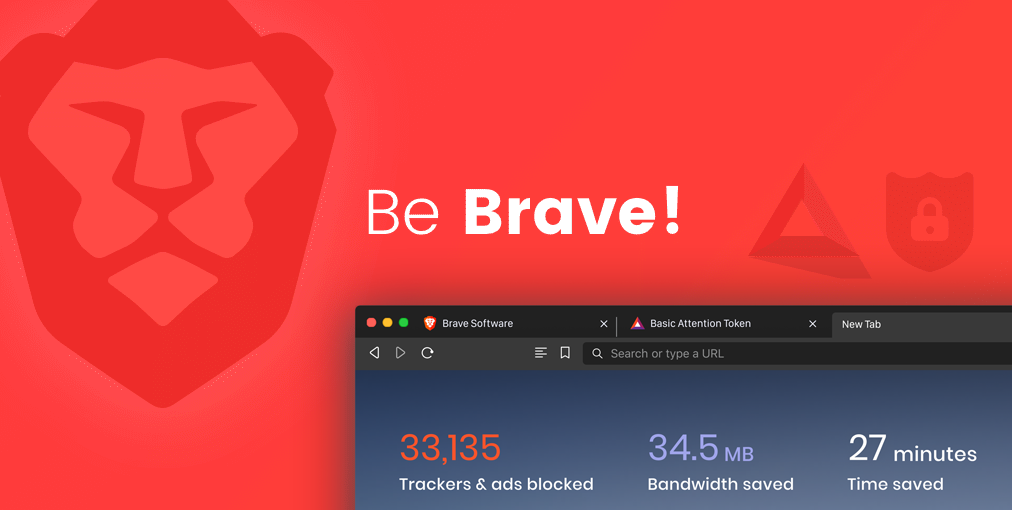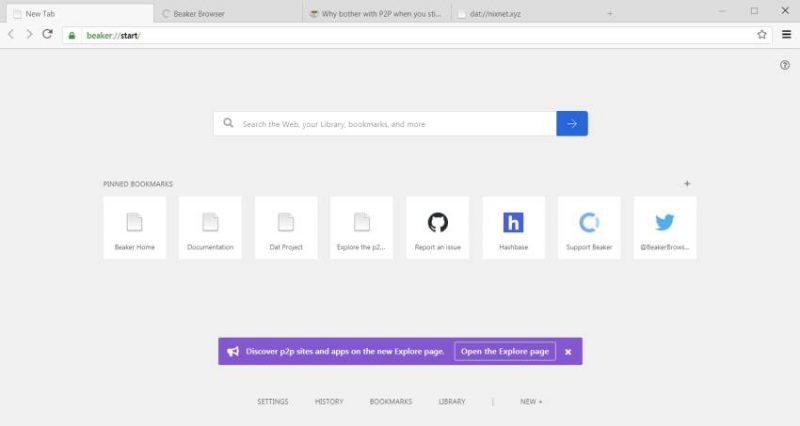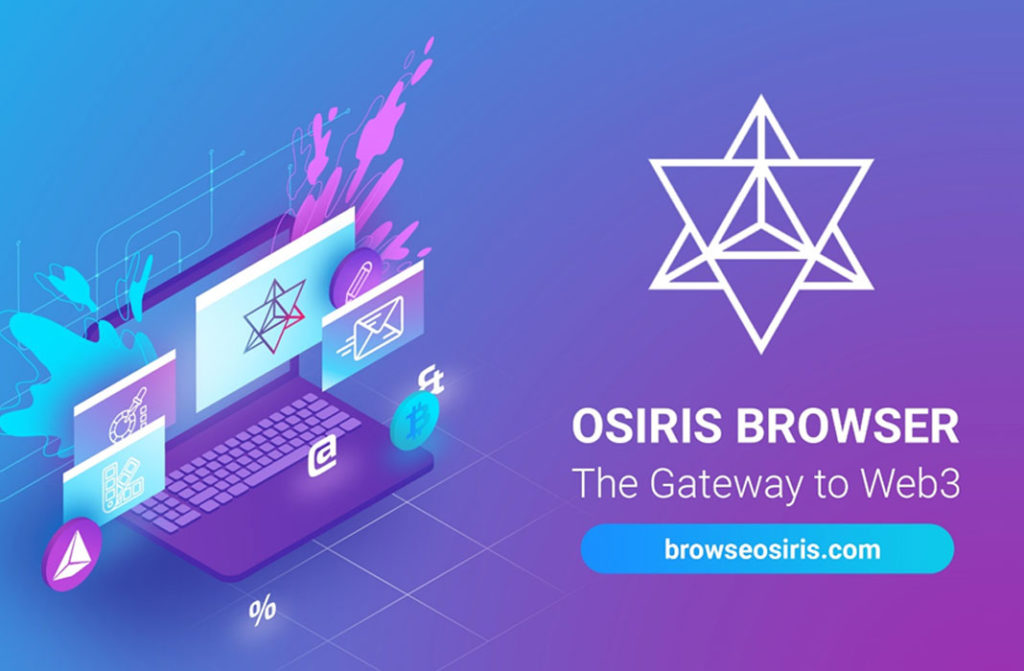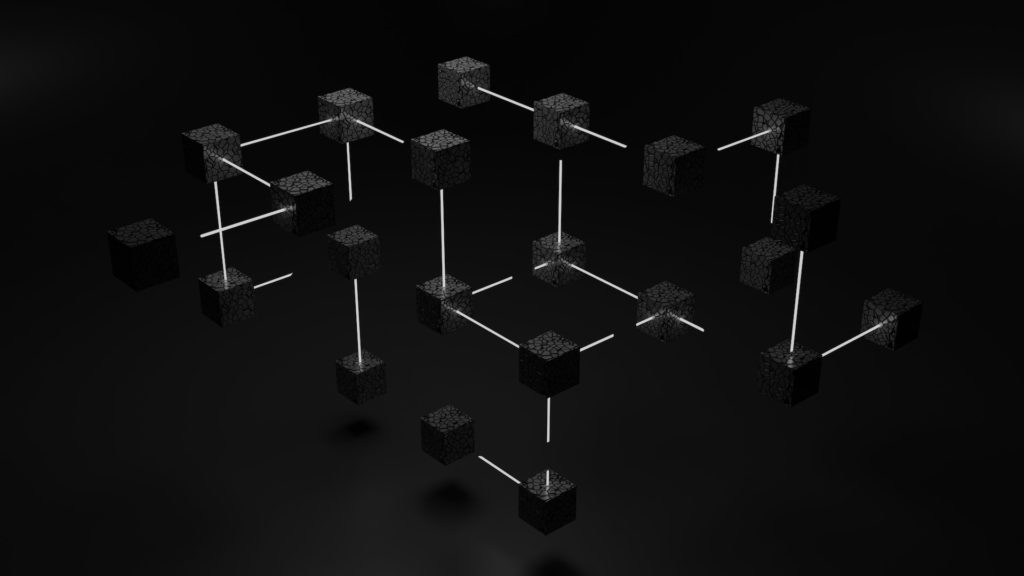Table of Contents
Using a Web3 browser like Brave, users can more safely and privately access DApps, incorporate cryptocurrency, and browse the decentralized web.

Web services are software that allow computers to talk to one another online. Web services, which often take the form of an API, have been around for quite some time (API). The World Wide Web is a network of interconnected hypertext documents that may be accessed over the Internet. In a web browser, for instance, a user can view many pages, some of which may feature embedded media, and navigate between them by clicking on relevant links.
When Tim Berners-Lee was working for CERN (the European Organization for Nuclear Research) in Geneva, Switzerland in 1989, he came up with the idea for the World Wide Web. Since that time, Berners-Lee has guided the evolution of web standards and advocated for the birth of the Semantic Web, often known as Web3.
Creating a geospatial web, employing artificial intelligence capabilities, and making content accessible via a plethora of non-browser apps or Web3 browsers are all examples of how web engagement and usage have evolved and are together referred to as “Web3.” Decentralized applications (DApps) and digital economies are made accessible to users through a Web3 browser.
This article will cover the basics of Web3, including what a Web3 browser is, the capabilities it offers, how it functions, and some tips for getting started.
What is a Web3 Browser?
Web3 browsers provide communication between users and blockchain-based, decentralized apps. The goal of Web3 technologies like distributed ledgers, AI, the Metaverse, and others is to build a better internet that anybody can use.

A Web3 browser’s defining characteristics are:
- Ecosystem that cannot be changed, such as downloading a digital product and having faith that it will be used in the way its creator intended
- Increased safety and openness
- increased browsing speed
- Total privacy and secrecy for all users
- Wallets for various cryptocurrencies can be integrated with several blockchains
- Due to decentralization, full authority over all content.
Additionally, search engines can easily locate texts associated with microcontent in Web3, which necessitates the conversion of innumerable pieces of macro content from Web1. A more precise search may be the consequence of using tags to reduce the impact of homonyms and synonyms on the search process.
How does a Web3 Browser Work?
Web3 browsers open up the world of decentralized applications and digital economies. The Web3 browser puts power in the hands of users rather than centralized institutions by using cryptography and public blockchains. In addition, users of decentralized social media sites and Web3 browsers receive monetary incentives for interacting with content or watching carefully selected advertisements.
But how exactly do Web3 browsers improve user experience online? Users can take advantage of the typical browser features in Web3 browsers. In essence, these are decentralized apps that allow users to keep their data and split the profits. Do you consider Chrome to be a Web3 browser? As opposed to popular belief, Chrome is a Web2 browser. A Web3 wallet, such as MetaMask, allows users to access Web3 apps in Web2 browsers.
How to Use a Web3 Browser?
The Web3 wallets are extensions for standard web browsers that offer users flexible access to DApps without the need for third-party middlemen, all while retaining complete control over their assets. There is also no need for users to go through any Know Your Customer or Anti-Money Laundering processes in order to participate in the Web3 economy.

Web3 wallets are a convenient way to store and manage crypto assets. In contrast to centralized custodial wallets, however, cash may be lost if a user misplaces their seed phrase. Which Web 3.0 browser do you think would be best for your needs? In the following sections, we will examine a number of Web3 browsers and the features they offer.
Opera Web3 Browser

Opera Crypto Browser provides phishing protection, a secure clipboard, a malicious-address detector, and the Wallet Selector, the first multi-wallet management tool, for a safe, private, and frictionless Web3 experience for crypto enthusiasts and blockchain experts alike. Multiple blockchains, including those compatible with the Ethereum Virtual Machine (EVM), Bitcoin, and layer-2 solutions, and the built-in cryptocurrency wallet support Ether (ETH), ERC-20, and ERC-721 tokens. Opera also has an extensive network of crypto industry partners including the likes of Solana and Polygon.
In addition, the desktop Crypto Browser has a sidebar where users can rapidly access popular social apps like WhatsApp, Telegram, Discord, Twitter, and more. The Crypto Corner also features useful links to information about upcoming airdrops, industry news and events, gas prices, how-to guides, and more.
Puma Web3 Browser

Puma Browser was created in January 2019 by Ukrainian-Canadian programmer Yuriy Dybskiy. Coil Content Network and the Interledger Protocol allow for frictionless payments to be sent to content providers, app and game developers, and it grants access to Ethereum Name Service (ENS) and Handshake (HNS) domains and the InterPlanetaryFileSystem (IPFS). For those using the Puma browser, online earnings are handled as follows:
- Coil Members pay $5 per month to have access to the user-generated content.
- Users can start earning money from their content by creating a digital wallet. Coil pays its Members $0.36 for every hour they spend watching other users’ material.
- Coil members can watch videos and earn money as they do so through the service.
Brave Web3 Browser

Brave is a free and open-source web browser that prioritizes user anonymity. Free video calling, hands-free searching, offline music storage, and a curated news feed are just some of the ways this browser extension improves upon the user experience of the super app already present in the user’s browser.
In order to protect its users from tracking and inappropriate advertising, Brave blocks these elements by default on any page they visit. More than that, the brand new nonfungible token (NFT) gallery feature in Brave offers users a streamlined interface for browsing and managing NFT collections.
In addition, BATs can be earned passively by viewing advertisements (BAT). The IPFS technology incorporated into the Brave Web3 browser is another standout feature. This allows for decentralized file storage, which helps to lessen data concentration by spreading file storage across a global network.
Beaker Browser

Private, peer-to-peer website hosting, or Hyperdrives, is possible using the Beaker web browser. Once a Hyperdrive website is made, only people who know the link to it can view it. In order to facilitate the development of hostless apps, the Beaker browser provides additional APIs that are backwards-compatible with existing Web standards.
Unlike conventional browsers, which just show visitors the page’s source code, Beaker presents the entire site’s structure in a GitHub-like style. Better yet, it’s possible to set up one’s own copy of the website.
Osiris Browser

Osiris, the first truly neutral browser, aims to free users from the commercialism, censorship, and bias that plague the modern internet. Osiris claims to be a blockchain-based browser that, by default, blocks all ads and trackers and declares it is self-sustaining without advertising money.
Osiris Armor allows its users to block advertisements and scripts and check the total number of blocked items. Metawallet, a multi-wallet integrated into the browser that supports many cryptocurrencies, further improves the Web3 experience for blockchain users.
The Future of Web3 Browsers
Web companies have long lacked the ability to transfer money, leading to a deluge of online ads and shady business activities. Opportunities for developers, gamers, and content creators to make money online are made possible by the Semantic Web (Web3), which promises to organize the world’s knowledge in a way that Google’s search engine architecture cannot do. To compensate content makers, maintain vital online infrastructure, and back up API calls, monetizing the web is an efficient, no-hassle, native, and automatic option.

While the most popular Web2 browser is Google Chrome and decentralized applications (DApps) may be accessed through Web3 wallets, blockchain-friendly web browsers give users decentralized control over their data, finances, and assets. Web3 browsers that serve as a portal to decentralized applications (DApps) are crucial for participating in the digital economy, and the move toward a decentralized web necessitates creative and innovative ways to improve the user experience.
It is becoming clear that Web3 technologies are gaining key influence in the present Web landscape, despite the fact that that there are still many undiscovered areas of the Semantic Web and a great deal of study to be done. It is also anticipated that future and existing Web3 browsers would continue to provide unique features tailored to the requirements of blockchain users.
Disclaimer: The opinion expressed here is not investment advice – it is provided for informational purposes only. It does not necessarily reflect the opinion of EGG Finance. Every investment and all trading involves risk, so you should always perform your own research prior to making decisions. We do not recommend investing money you cannot afford to lose.
 English
English Français
Français Español
Español Bahasa Indonesia
Bahasa Indonesia 中文 (中国)
中文 (中国) Русский
Русский Português
Português Deutsch
Deutsch

